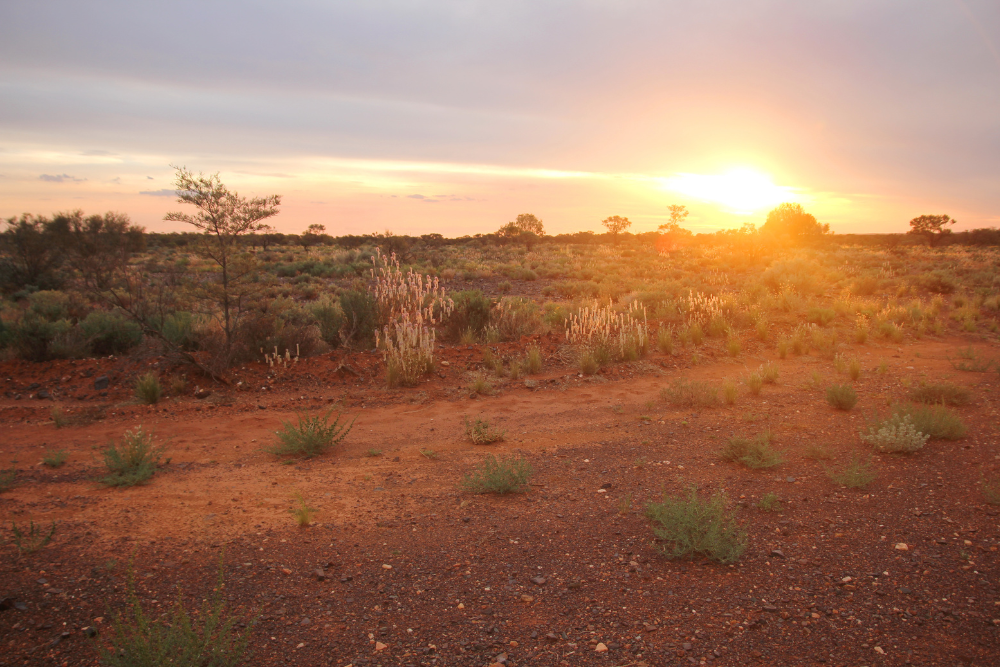Australia is famous for its diverse ecosystems, and among its most unique features are its vast, stunning desert landscapes. The Australian Outback covers nearly 70% of the country’s landmass, offering an awe-inspiring mix of arid deserts, rugged ranges, salt lakes, and iconic red sand dunes. From the mystical Uluru to the expansive Simpson Desert, Australia’s deserts provide a chance to explore some of the most remote and extraordinary places on Earth. Here’s a guide to some of Australia’s most remarkable desert regions.
1. The Red Centre: Uluru and Kata Tjuta
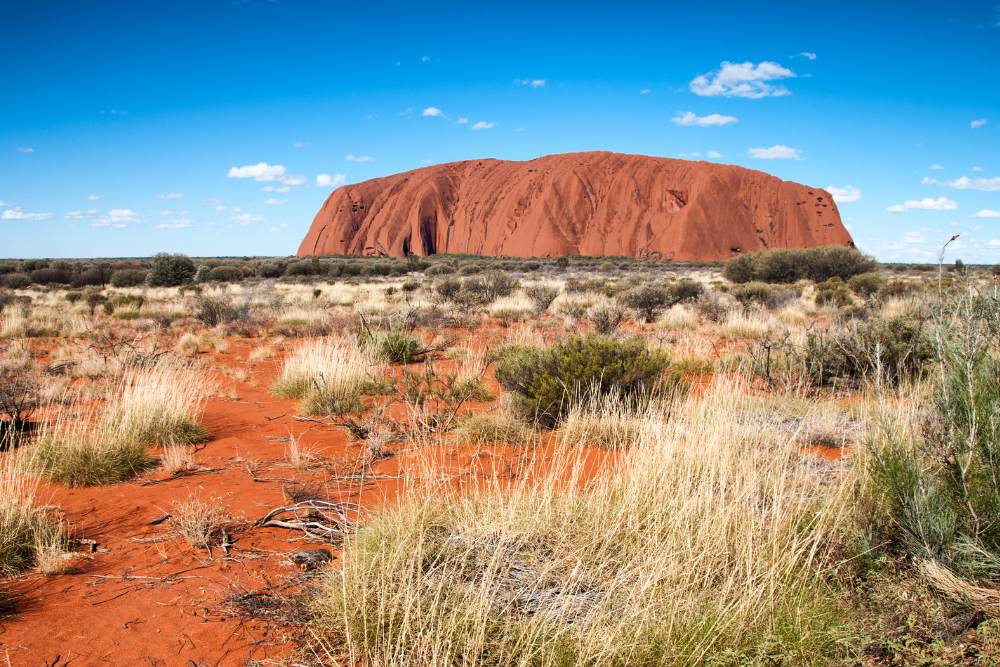
Arguably Australia’s most iconic desert region, the Red Centre is home to the breathtaking Uluru (Ayers Rock) and the ancient rock formations of Kata Tjuta (The Olgas). Located in the heart of the Northern Territory, this region is steeped in Aboriginal history and cultural significance.
- Uluru: This massive sandstone monolith, standing 348 meters tall, is one of the world’s largest rock formations and an iconic symbol of Australia. Its changing colors, especially at sunrise and sunset, make it a must-see. The base walk around Uluru is an easy way to explore the desert flora and fauna, while the Kata Tjuta rock formations offer dramatic landscapes and hiking opportunities.
- Things to Do: Walk the Uluru Base Trail, explore Kata Tjuta via the Valley of the Winds trail, and learn about local Aboriginal culture at the Uluru-Kata Tjuta Cultural Centre.
Best For: Cultural experiences, hiking, and photography.
2. Simpson Desert: Vast Sand Dunes and Remote Wilderness
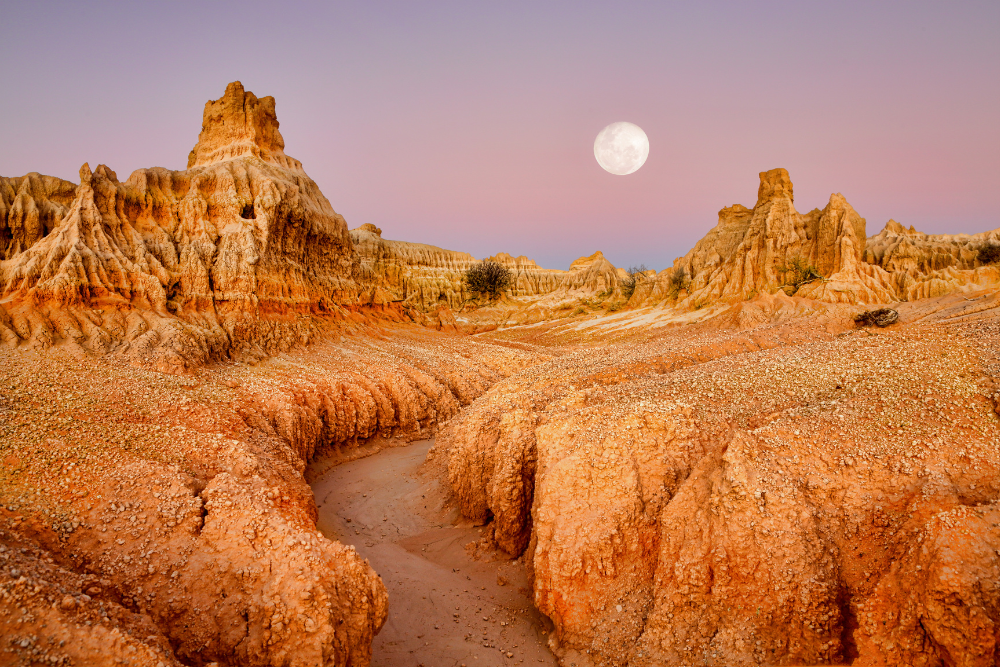
The Simpson Desert, stretching across central Australia and parts of Queensland, South Australia, and the Northern Territory, is known for its striking red sand dunes. It’s one of the largest sand dune deserts in the world, with some dunes reaching up to 40 meters in height. The desert is home to a wide range of wildlife, including dingoes, camels, and a variety of bird species.
- The Big Red: The tallest dune in the Simpson Desert, Big Red, is a popular spot for 4WD enthusiasts and adventure seekers. The Simpson Desert also offers a range of off-road tracks for those looking to experience remote Australia.
- Things to Do: 4WD safaris, camping under the stars, and exploring the Simpson Desert Conservation Park.
Best For: 4WD adventures, camping, and stargazing.
3. The Outback: Remote and Rugged Wilderness
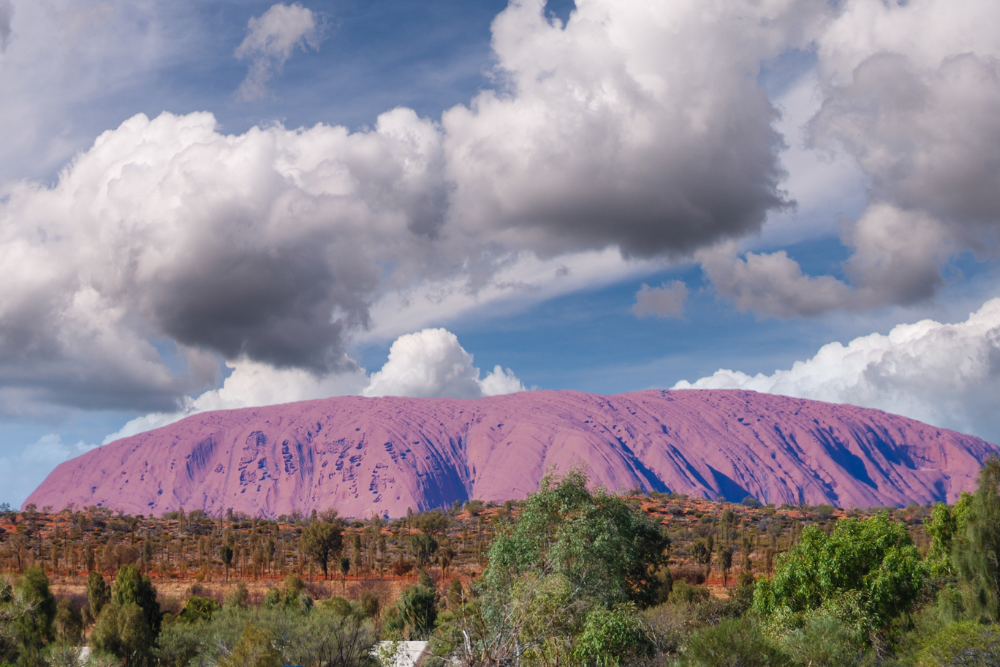
The Australian Outback is often synonymous with vast, empty spaces, rugged landscapes, and a sense of isolation. While the Outback stretches across much of Australia, some notable desert areas include the Great Victoria Desert and the Strzelecki Desert.
- Great Victoria Desert: This massive desert spans Western Australia and South Australia. It’s home to iconic red sand dunes, salt lakes, and ancient rock formations. It’s one of the most remote regions in Australia, offering a truly off-the-grid experience for those brave enough to explore it.
- Strzelecki Desert: Located in South Australia, this desert is characterized by dry salt lakes, vast plains, and the occasional mountain range. Its harsh conditions are perfect for adventurers seeking solitude and pristine wilderness.
- Things to Do: Long drives through remote tracks, exploring salt lakes, and wildlife spotting.
Best For: Solitude, off-the-beaten-path travel, and nature exploration.
4. Lake Eyre and the Simpson Desert: Australia’s Salt Lakes

The Lake Eyre Basin, located in central Australia, is home to Lake Eyre, the lowest point in Australia, sitting at 15 meters below sea level. This massive salt lake system, often dry, is transformed into a stunning natural spectacle when it floods, attracting wildlife and birdlife from all over.
- Lake Eyre: When filled with water, Lake Eyre becomes an ephemeral oasis, offering incredible photo opportunities and an experience of the desert’s rare beauty. The surrounding desert landscapes are also home to kangaroos, camels, and reptiles, making it an intriguing spot for wildlife watchers.
- Things to Do: Visit Kati Thanda-Lake Eyre National Park, take a scenic flight over the lake (best when it has water), and explore nearby towns like William Creek.
Best For: Wildlife watching, photography, and landscape exploration.
5. The Pilbara and Gibson Desert: Red Rock and Ancient Landscapes
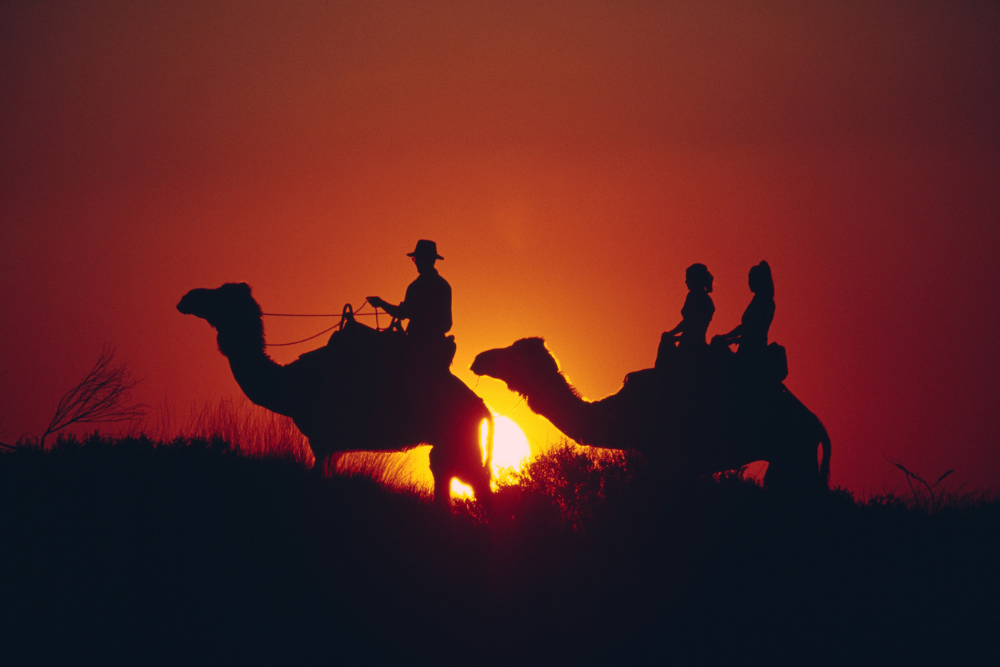
Located in Western Australia, the Pilbara region is known for its rugged, red rock landscapes, ancient mountain ranges, and deep gorges. It’s a part of the Gibson Desert, which stretches across the state. The Pilbara is home to some of the oldest rock formations on Earth, with some sites dating back more than 3.5 billion years.
- Karijini National Park: This stunning park is known for its deep gorges, waterfalls, and crystal-clear swimming holes. While not a traditional “desert” in the strictest sense, the Pilbara’s semi-arid climate and dramatic landscapes evoke the feeling of the desert.
- Things to Do: Explore Karijini National Park‘s stunning gorges, visit Millstream Chichester National Park, and discover the ancient rock formations of Bungle Bungles in Purnululu National Park.
Best For: Hiking, rock climbing, and exploring ancient landscapes.
Conclusion
Australia’s desert landscapes offer some of the most diverse, spectacular, and untouched environments on the planet. From the spiritual heart of Uluru and the red sands of the Simpson Desert to the salt lakes of Lake Eyre, there is a wealth of natural beauty and cultural significance to discover. Whether you’re exploring ancient rock formations, tackling 4WD adventures, or gazing at a star-filled sky, Australia’s deserts promise unforgettable experiences for those willing to venture into their vast, mysterious landscapes.



